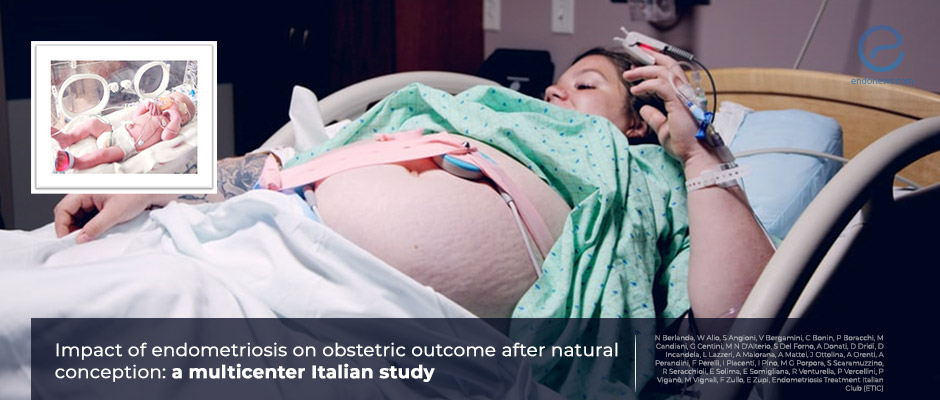Endometriosis Increases the Risk of Premature Labor Study Reports
Nov 15, 2021
Women with endometriosis should be closely monitored during pregnancy and labor.
Key Points
Highlights:
- Women with endometriosis have an increased risk of preterm labor.
- Babies born to women with endometriosis have a higher risk of being admitted to the neonatal intensive care unit.
- The co-existence of severe adenomyosis together with endometriosis may increase the risk of placenta previa.
Importance:
- Pregnant women with endometriosis should be monitored closely to ensure they receive the care they need during pregnancy and labor.
What's done here:
- Researchers conducted a multicenter observational study to evaluate natural pregnancy outcomes in women with endometriosis compared to women without the disease.
- The data of 355 endometriosis patients with pregnancies compared to the 741 patients with pregnancies in the non-endometriosis group.
Key results:
- The risk of preterm delivery is higher in women with endometriosis, and the risk of neonatal admission to the intensive care unit is twice for babies born to mothers with endometriosis.
- One-fourth of pregnant women with endometriosis and severe adenomyosis have the risk of placenta previa.
- The presence of additional severe adenomyosis severely increases the risk of placenta previa, >5 times increases the preterm delivery risk before <34weeks, and doubles the risk of Cesarean delivery.
Limitations:
This was a study that was conducted in one country and may not be valid for all women with endometriosis.
Lay Summary
Women with endometriosis who conceive naturally are at a high risk of giving birth prematurely and having their baby admitted to neonatal intensive care unit, compared to women without the disease, according to the results of a clinical study. The study also showed that women with severe adenomyosis in addition to endometriosis have a higher risk of placenta previa, where the placenta grows in the lowest part of the uterus, and the need to have a Cesarean section.
This finding is important because it can help ensure that women with endometriosis receive the care they need during pregnancy and labor.
In order to evaluate the outcome of pregnancy and childbirth in women with endometriosis, a team of researchers at the University of Milan conducted a multicenter study in Italy. The aim of the study was to compare the rate of complications related to pregnancy and childbirth at the first natural pregnancy among women with endometriosis and those without the disease.
The study enrolled 1,096 women with naturally occurring pregnancies, ages 40 to 50, 355 of whom had endometriosis, and 741 did not. All participants filled in a questionnaire about previous natural pregnancies.
The primary outcome measure of the study was preterm delivery. The secondary outcome measure was placenta praevia. Other outcome measures included intrauterine growth restriction and other pregnancy complications.
The results, which were published in the scientific journal "Archives of Gynecology and Obstetrics", showed that women with endometriosis had a higher risk of preterm delivery as well as a higher risk of neonatal admission to the intensive care unit.
They also showed that women with endometriosis and severe adenomyosis had a higher risk of placenta previa, having Cesarean delivery, and delivery before 34 weeks.
It is not known why endometriosis may increase the risk of premature birth but research has suggested that it could be due to inflammatory processes affecting the placenta and myometrium.
Research Source: https://pubmed.ncbi.nlm.nih.gov/34623489/
adenomyosis preterm birth placenta previa Cesarian section

